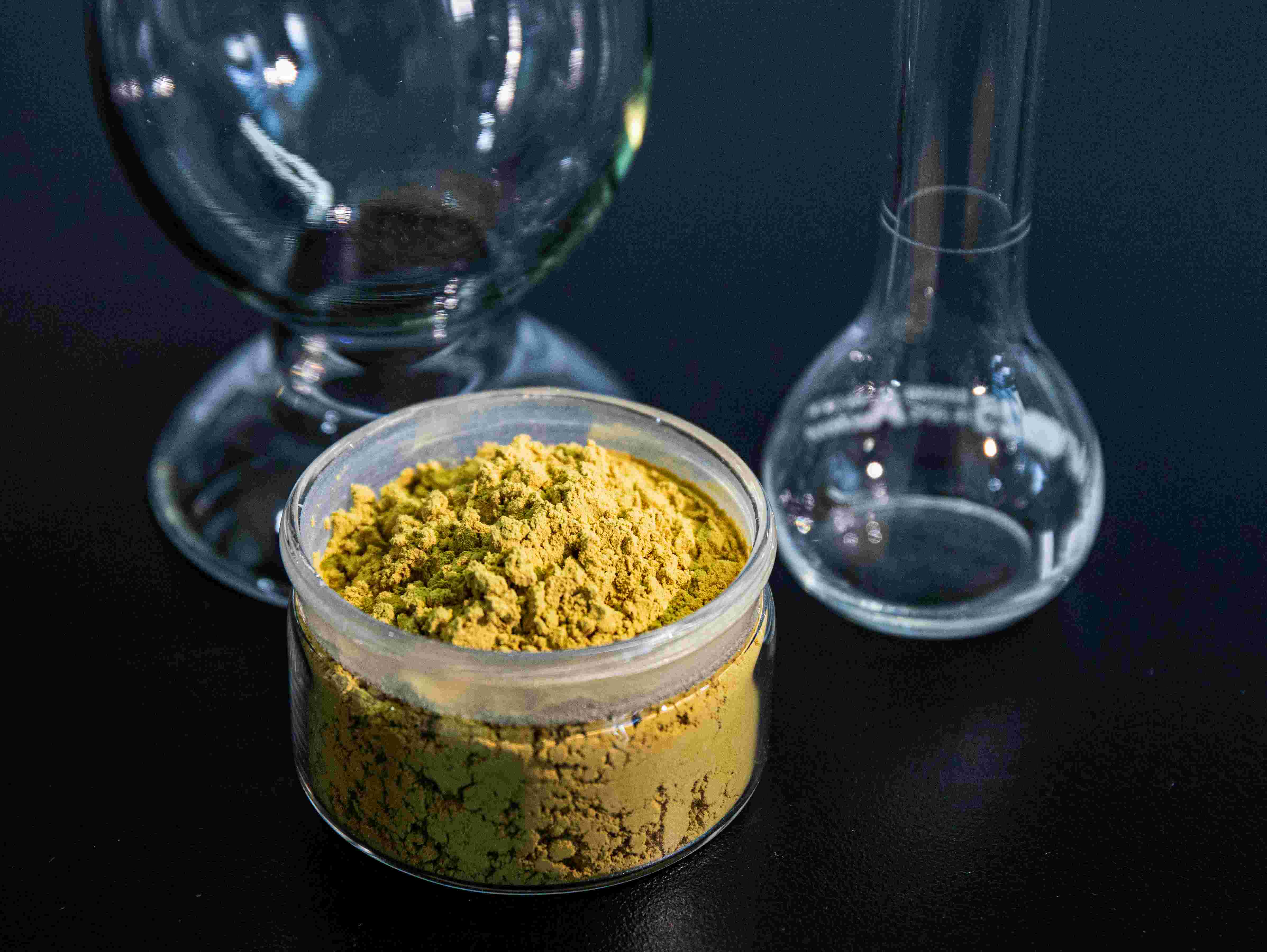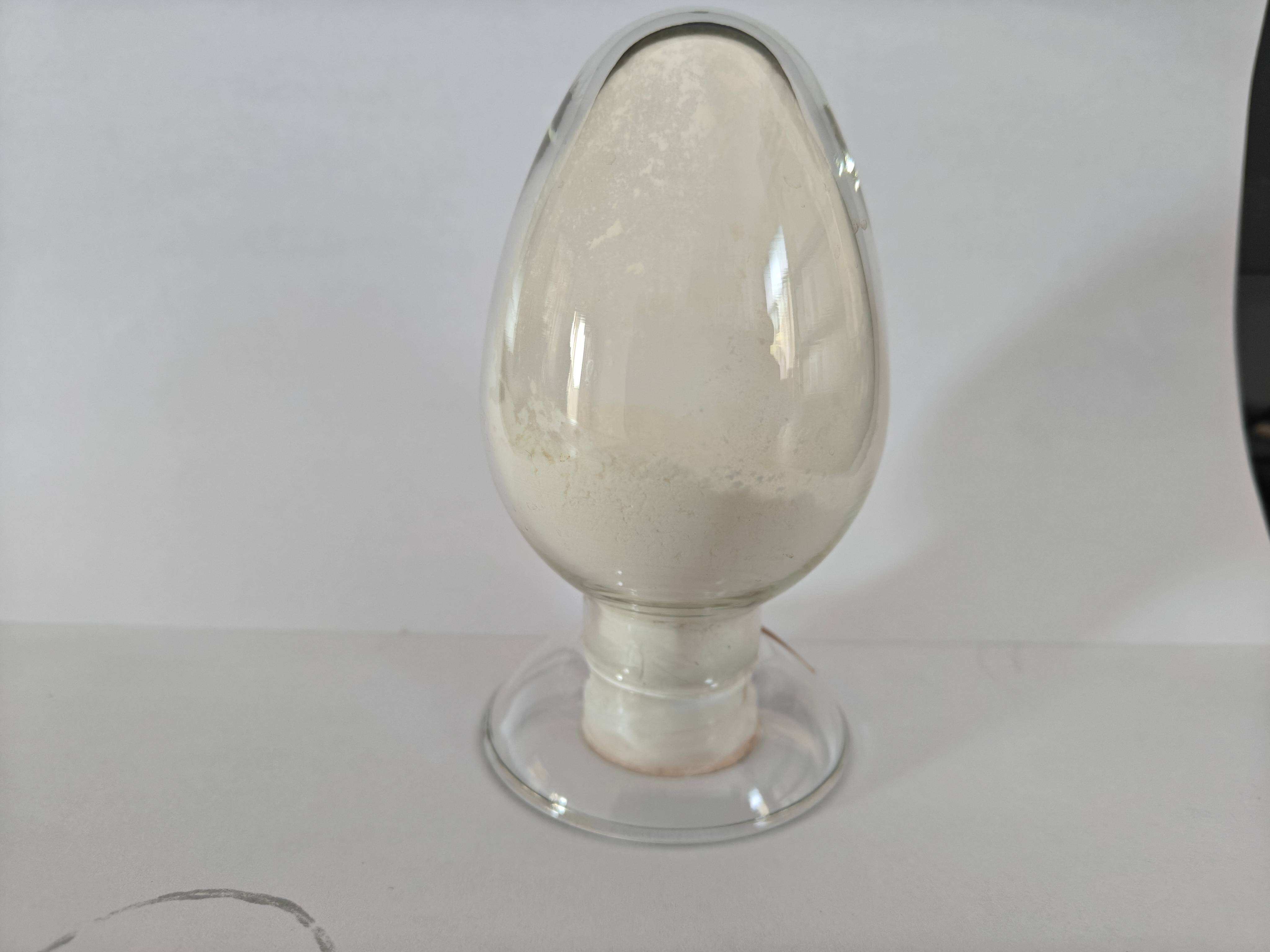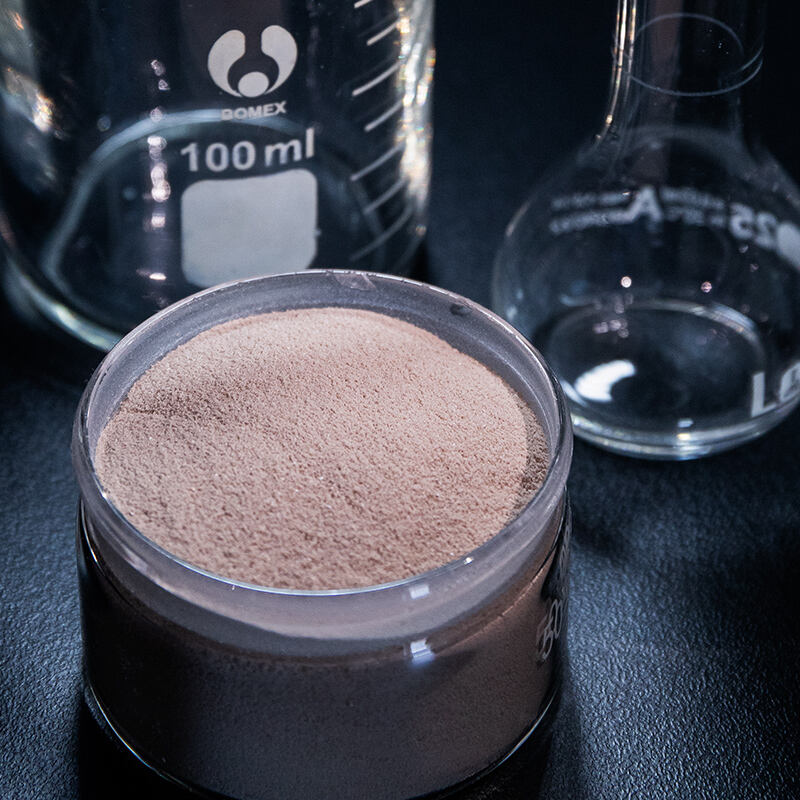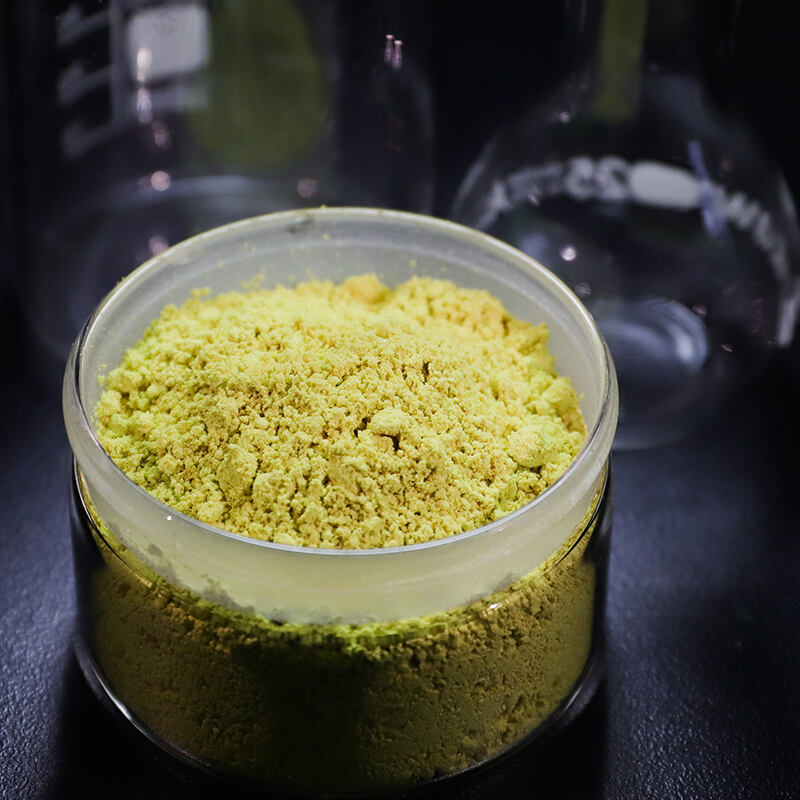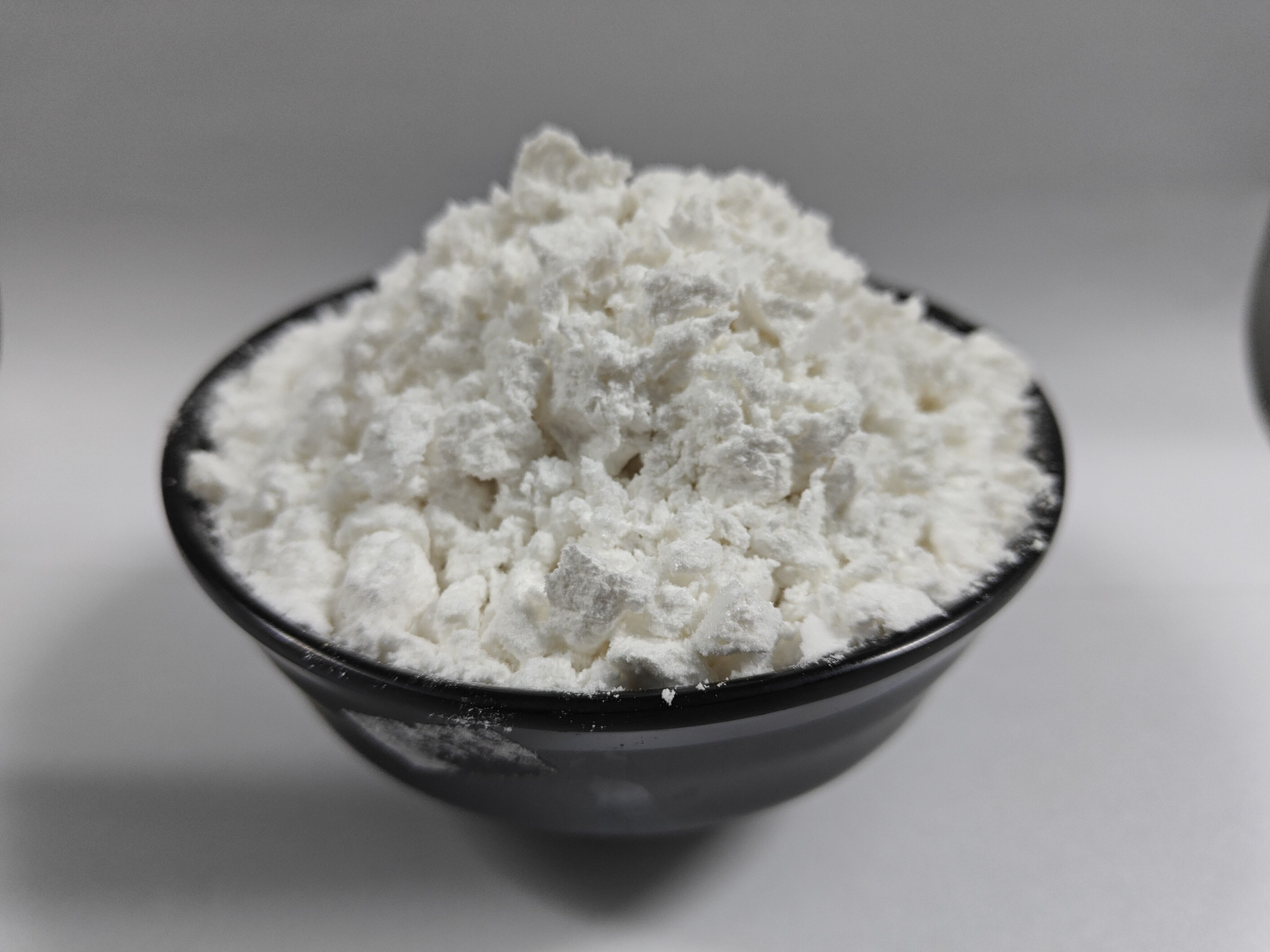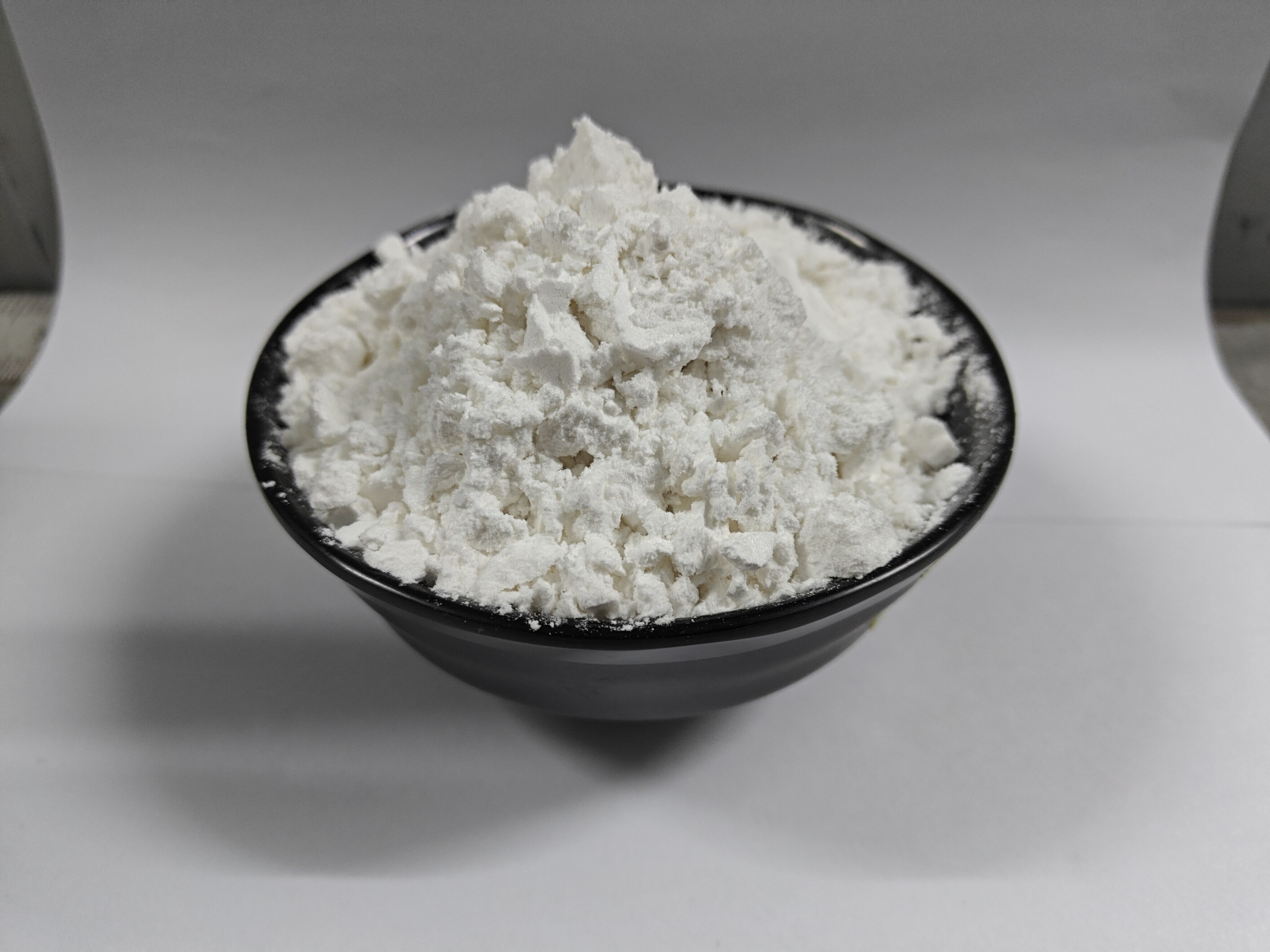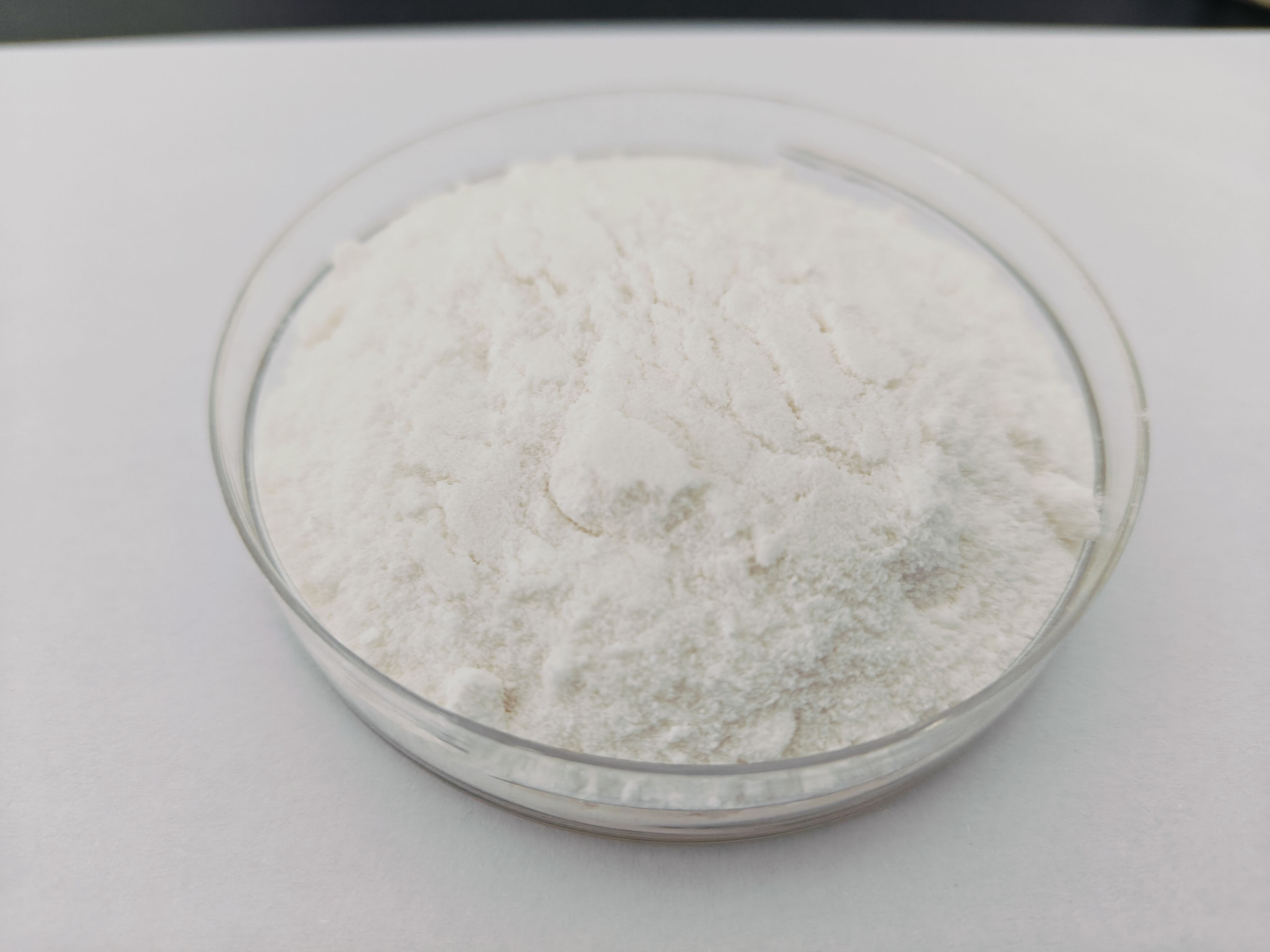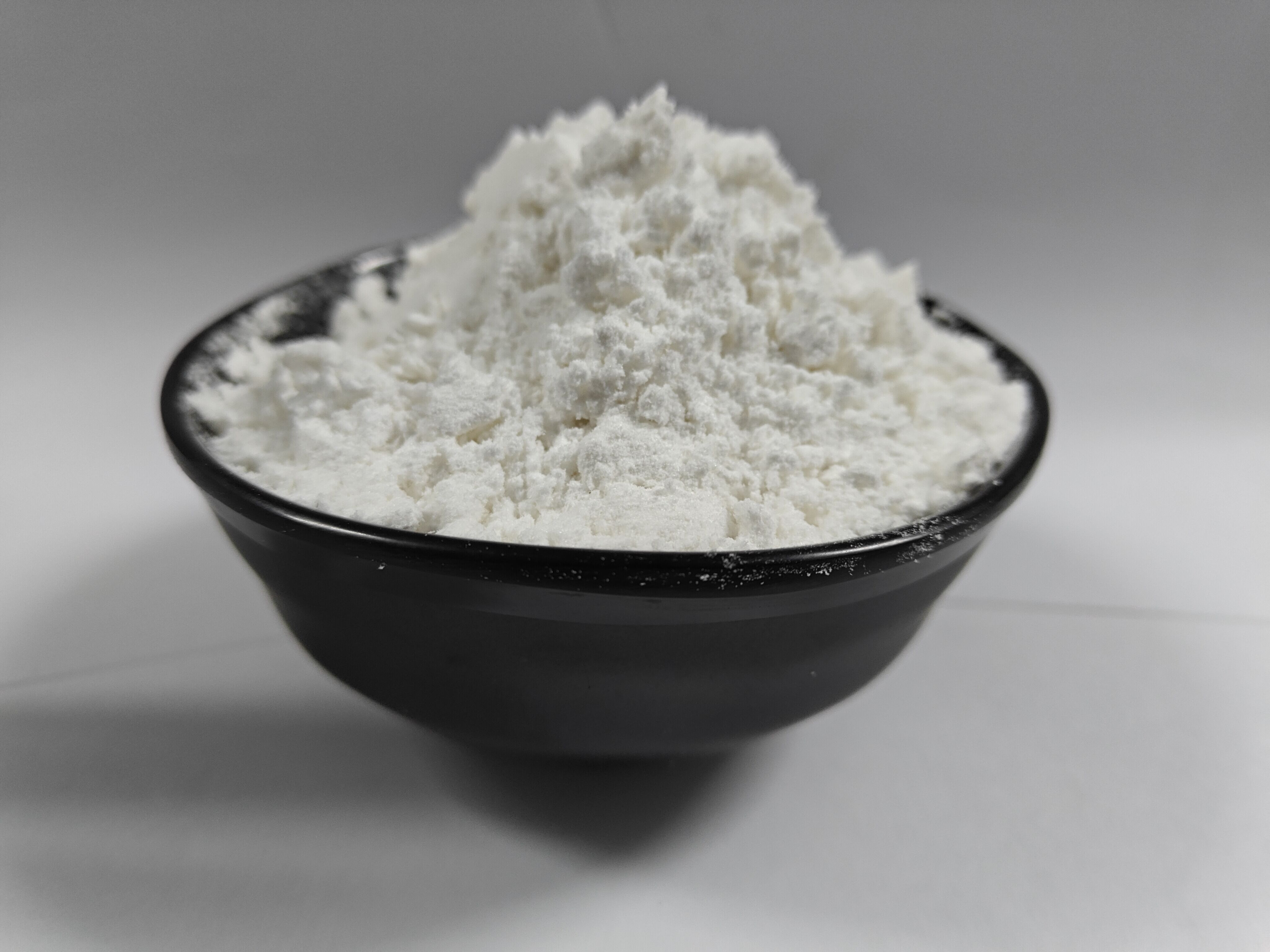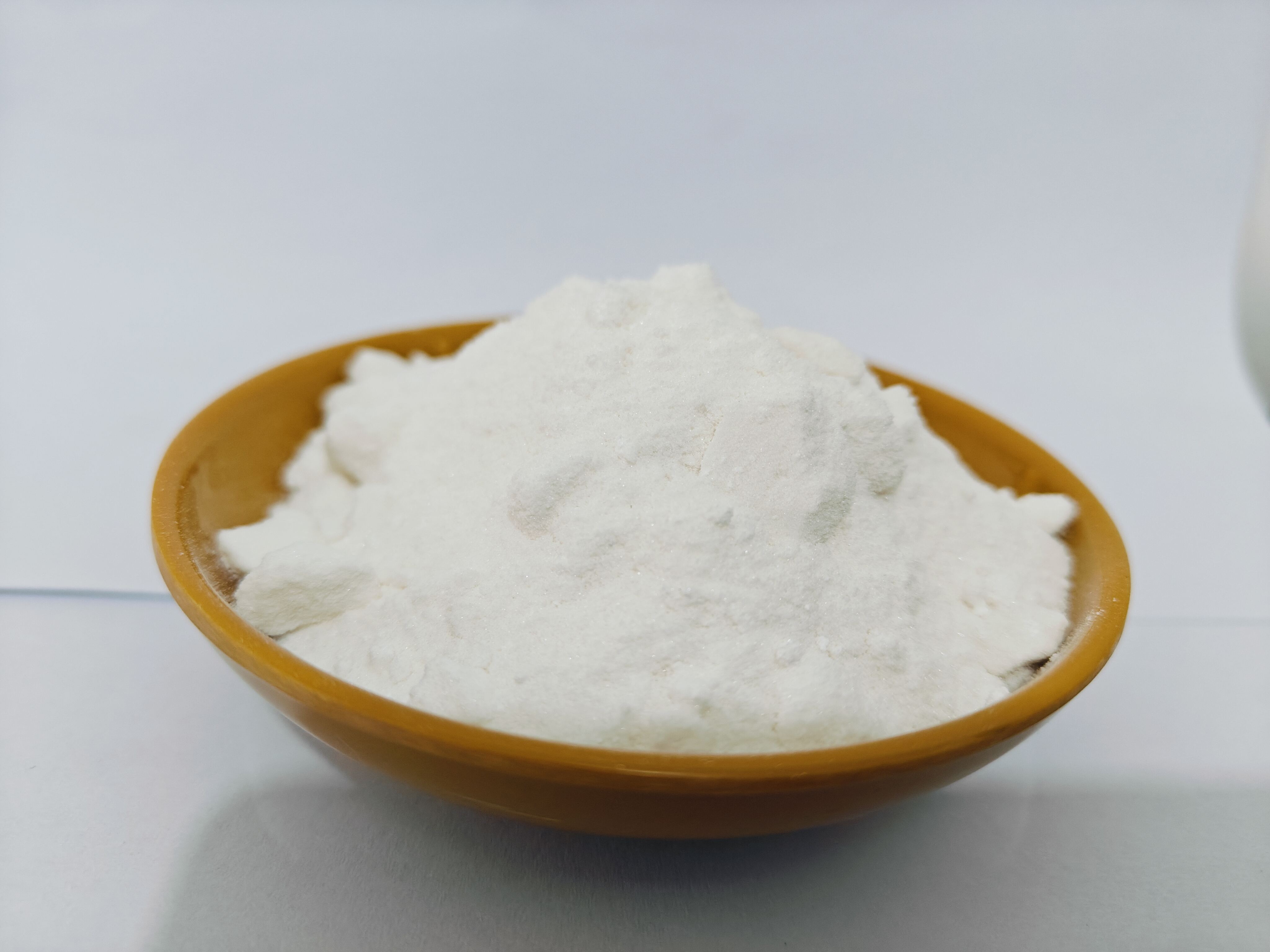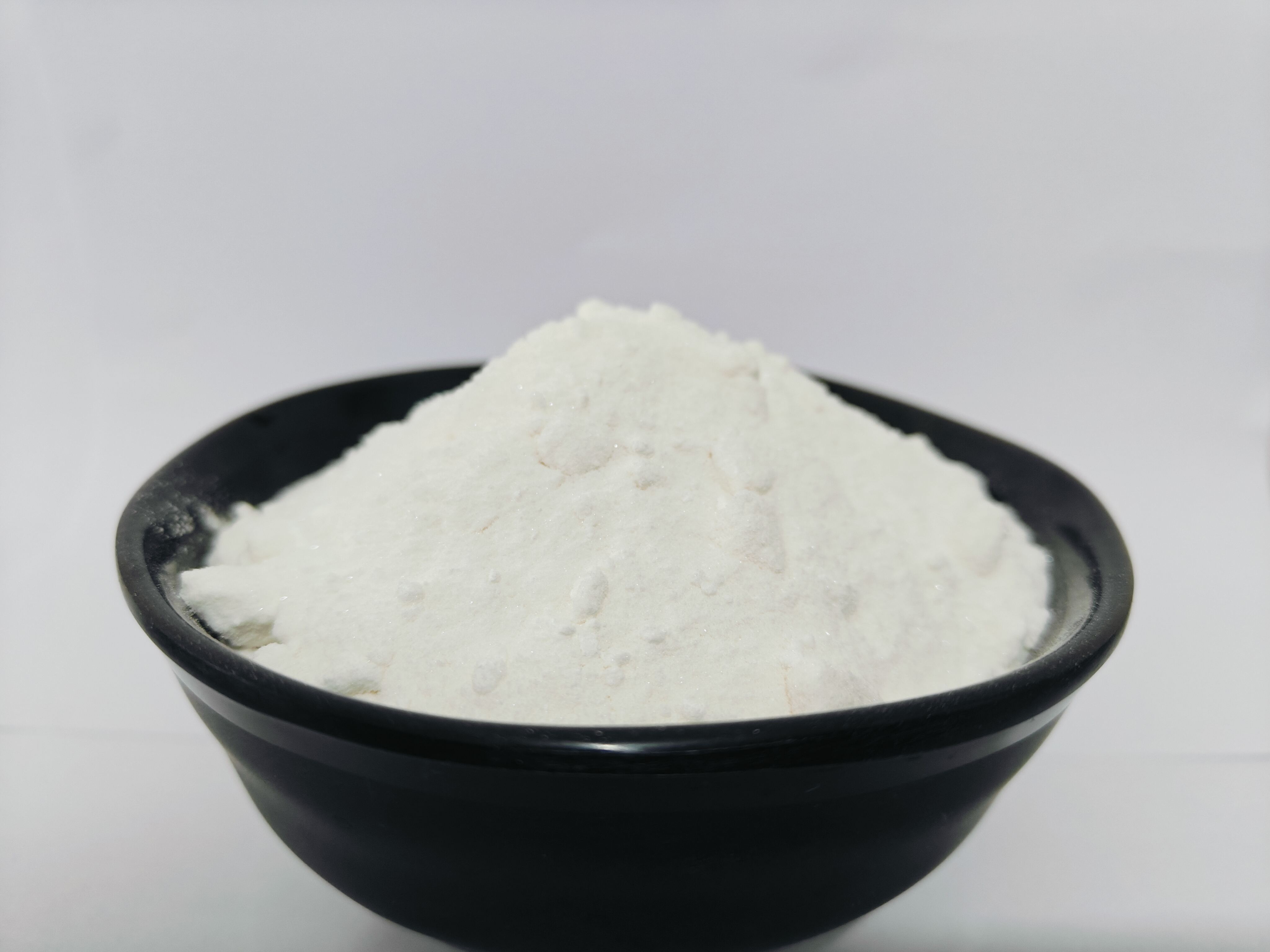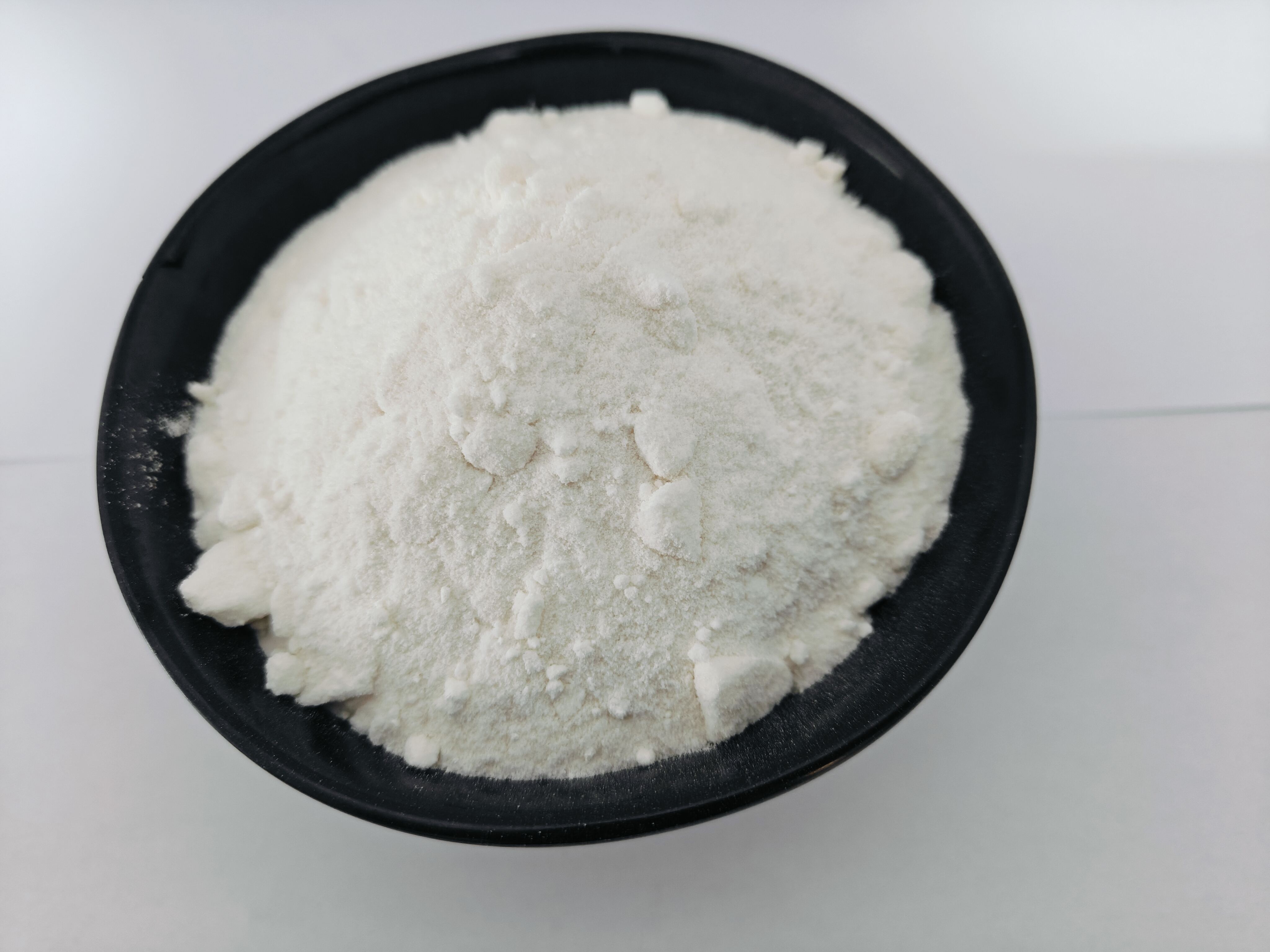low melting viscosity during molding
Low melting viscosity during molding is a crucial characteristic in polymer processing that significantly impacts the quality and efficiency of manufacturing processes. This property refers to the material's ability to flow easily when heated to its melting point, enabling optimal filling of mold cavities and ensuring precise component formation. The technology involves carefully controlled temperature management and pressure applications to achieve the desired flow characteristics. In industrial applications, low melting viscosity facilitates the production of intricate parts with complex geometries, thin walls, and detailed features. This property is particularly valuable in injection molding, where materials must quickly and uniformly fill mold cavities to prevent defects such as incomplete filling, weld lines, or air traps. The technology encompasses advanced polymer formulations specifically designed to maintain stability while exhibiting reduced viscosity at processing temperatures. These materials often incorporate flow modifiers and processing aids that enhance their performance during the molding cycle. Furthermore, low melting viscosity enables faster cycle times, reduced energy consumption, and improved overall production efficiency. The property is essential in various industries, including automotive, electronics, medical devices, and consumer goods manufacturing, where precise dimensional control and high-quality surface finish are paramount.

